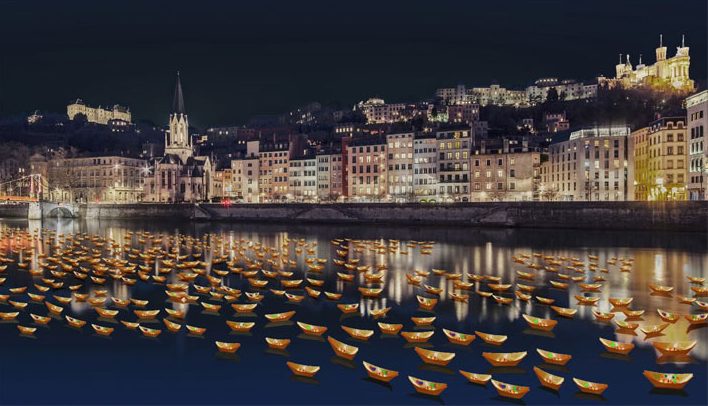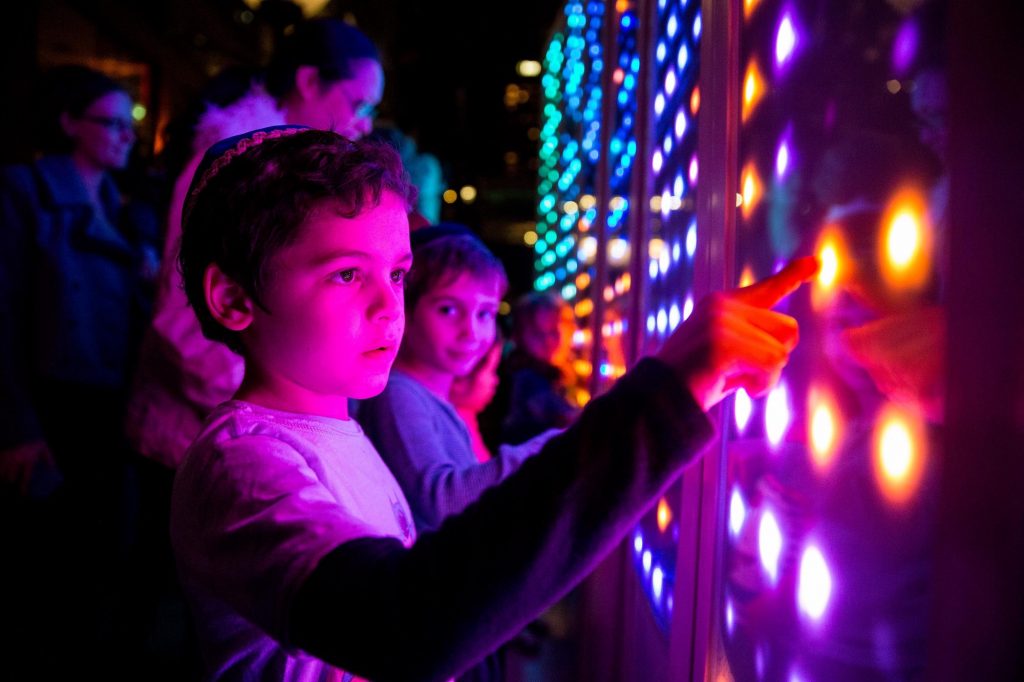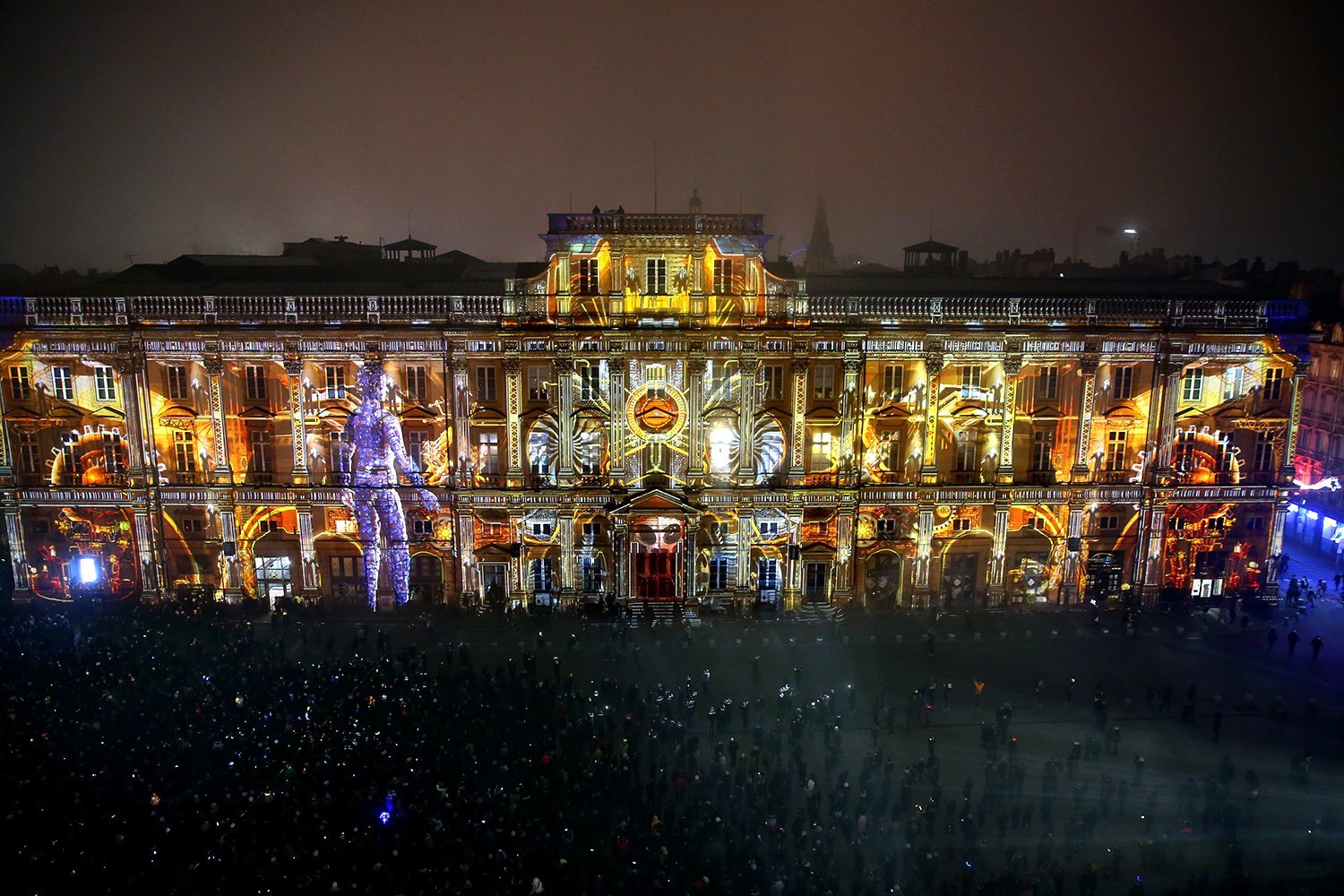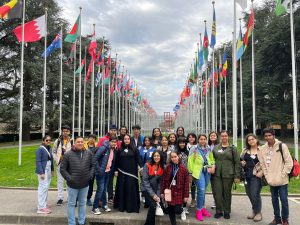“Learn to light a candle in the darkest moments”. When we hear the word light, a ray of hope, positive vibes, making possible which was once impossible and a picture of enabling sadness into happy faces reflects our mind.
Every human, place, or country lives life, which is sometimes full of light and sometimes all dark, but ‘nothing is permanent and with this thought, people celebrate each phase of life and conquer victory on good over evil.
The history of the world tells us about the importance of light and numerous festivals celebrated and also the hidden rationale behind it.
When we talk about the “festival of light” the foremost fiesta which arises in our wit is DIWALI, which comes from the Sanskrit word Deepavali, meaning “rows of lighted lamps” celebrated every year in October or November.
Diwali symbolizes the spiritual “victory of light over darkness, good over evil, and knowledge over ignorance”. The festival is widely associated with Lakshmi, goddess of prosperity, with many other regional traditions connecting the holiday to Sita and Rama, Krishna, Durga, Kali, Hanuman, Ganesha, Kubera, Dhanvantari, or Vishvakarman. Furthermore, it is, in some regions, a celebration of the day Lord Rama returned to his kingdom Ayodhya with his wife Sita and his brother Lakshmana after defeating Ravana in Lanka and serving 14 years of exile.

The five-day-long festival originated in the Indian subcontinent and is mentioned in early Sanskrit texts. Diwali is usually celebrated twenty days after the Vijayadashami (Dussehra, Dasara, Dasain) festival, with Dhanteras, or the regional equivalent, marking the first day of the festival when celebrants prepare by cleaning their homes and making decorations on the floor, such as rangolis. The second day is Naraka Chaturdashi. The third day is the day of Lakshmi Puja and the darkest night of the traditional month. In some parts of India, the day after Lakshmi Puja is marked with the Govardhan Puja and Balipratipada (Padwa). Some Hindu communities mark the last day as Bhai Dooj or the regional equivalent, which is dedicated to the bond between sister and brother,[22] while other Hindu and Sikh craftsmen communities mark this day as Vishwakarma Puja and observe it by performing maintenance in their workspaces and offering prayers, and then the family gathers, gifts are exchanged and blessing is offered by all the elders in the family and hence making the day more bright.
BUT MY READERS, MAY I FASCINATE YOU WITH A MIND-BLOWING FACT THAT EVEN FRANCE CELEBRATES A SIMILAR FESTIVAL.
SURPRISED!? That is obvious, so let me reveal the name – “Fete de la lumere”. This festival expresses gratitude toward Mary, mother of Jesus around December 8 of each year. This unique Lyonnaise tradition dictates that every house places candles along the windows’ outsides to produce a spectacular effect throughout the streets. The festival includes other activities based on light and usually lasts four days, with the peak of activity occurring on the 8th. The two main focal points of activity are typically the Basilica of Fourvière which is lit up in different colors, and the Place des Terreaux, which hosts a different light show each year. The origins of the festival date to 1643 when Lyon was struck by the plague. On September 8, 1643, the municipal councilors (échevins) promised to pay tribute to Mary if the town was spared.
Ever since a solemn procession makes its way to the Basilica of Fourvière on 8 December (the feast of the Immaculate Conception) to light candles and give offerings in the name of Mary. In part, the event thus commemorates the day Lyon was consecrated to the Virgin Mary and was erected next to the Basilica, overlooking the city. Now a focal point of the festival, the statue was created by the renowned sculptor Joseph-Hugues Fabisch and was sponsored by several notable Lyonnais Catholics. It was then accepted by Maurice Cardinal de Bonald in 1850. The inauguration of the statue was due to take place on September 8, 1852, the day of celebration of the Nativity of the Virgin. However, the flooding of the Saône prevented the statue from being ready. With the agreement of a committee of laypeople, the archbishop chose to move the date back to 8 December. By 1852 in Lyon, December 8 had already been a celebration for the Immaculate Conception of the Virgin. Leading up to the inauguration, everything was in place for the festivities: The statue was lit up with flares, fireworks were readied for launching from the top of Fourvière Hill and marching bands were set to play in the streets. The prominent Catholics of the time suggested lighting up the façades of their homes as was traditionally done for major events such as royal processions and military victories.
However, on the morning of the big day, a storm struck Lyon. The master of ceremonies hastily decided to cancel everything and push back the celebrations to the following Sunday. In the end, the skies cleared and the people of Lyon, who had been eagerly anticipating the event, spontaneously lit up their windows, descended into the streets, and lit flares to illuminate the new statue and the Chapel of Notre-Dame-de-Fourvière, later superseded by the Basilica. The people sang songs and cried “Vive Marie!” until late in the night. This celebration was then repeated from year to year.

Wondering about how the folks use candles and lights to emblazon the night?
Tradition now mandates that many families in Lyon keep, often along with their Christmas decorations, a collection of stained or clear glass in which candles are burnt on windowsills on 8 December. These stout, fluted candles can be found in shops towards the end of November. During the nights of the Festival of Lights, multiple areas of the city are reserved for pedestrians only. The festival typically features light shows, performances, and food vendors, letting people collect happiness, love, and share.
Be it INDIA or FRANCE the main intention behind any festival is to spread peace, harmony, and endearment.
Making the world a contented place to live in!
To know about such interesting chronicles in France, stay connected to Le- Frehindi.
For those interested to partner with us & avail our SERVICES kindly submit the following form :
submit form
Happy Reading!
You can call us at +919811237050 / +919811237067or e-mail us at team@lefrehindi.com
For more information, you may visit our corporate site at www.lefrehindi.fr




Go on let us know your valuable views & comments....